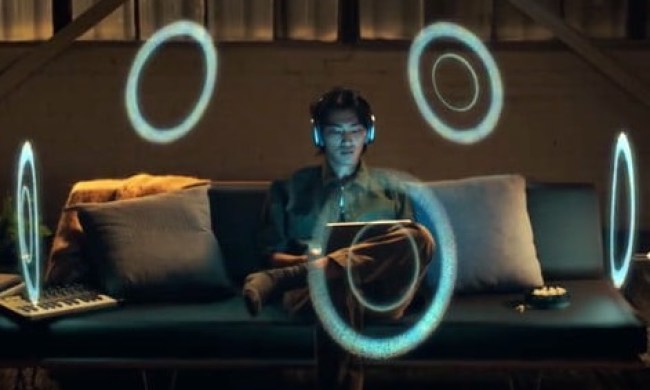As part of its Better Together With Android announcement tied to CES 2022, Google says it will be creating its own versions of two of Apple’s most notable audio features: The ability to seamlessly move your headphones’ Bluetooth connection from a phone to a computer and vice versa, and support for head-tracking spatial audio.
“To amplify your visual and audio experiences,” the company said in its press release that “your devices should instinctively know which of them you want to use and when. We’re building a technology for Bluetooth-enabled headphones that will enable them to automatically switch the audio to whatever device you’re listening to.”
As an example, Google says that if you’re wearing headphones to watch a movie on your Android tablet and you receive a phone call, the movie will pause and your headphone audio will automatically switch to your Android phone and then switch back to the movie when you’re done.

That description is pretty much exactly how automatic audio switching works within the Apple ecosystem, if you’re using iOS, iPadOs, or MacOS devices with Apple or Beats Bluetooth earbuds and headphones. With Apple’s version, you must be signed into iCloud on all of your devices in order for it to work. Google hasn’t indicated if its version of automatic switching will require a similar signed-in state or not.
It also looks like Google is very keen to bring Apple’s head-tracking spatial audio feature to non-Apple headphones and devices. Head-tracking spatial audio in Apple’s universe enables two distinct listening experiences: When listening to Dolby Atmos Music, it can simulate what it’s like to be sitting in front of a band — turning your head makes it seem like singer and some of the instruments haven’t moved their position. Similarly, when watching movies or shows with 5.1, 7.1, or Dolby Atmos soundtracks, the technology can simulate what it’s like to be sitting in a full home theater, even when using your phone or tablet as the main screen.
Google hasn’t confirmed that its version of spatial audio will work exactly the same way as Apple’s, but it’s probably going to be similar: “Spatial audio on your headsets will make you feel like you’re really there by adapting the sound based on your head movements, positioning the audio in the space all around you,” Google said.
Adding these features to Android, Android TV, and Chrome OS is something Google can do with a software update, but there’s also the hardware component — which headphones and earbuds will support these features? For now, the company has said only that “these features will be available in the next few months on supported headphones.”


